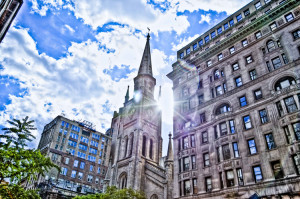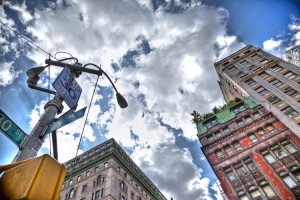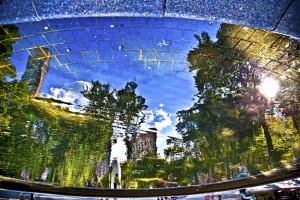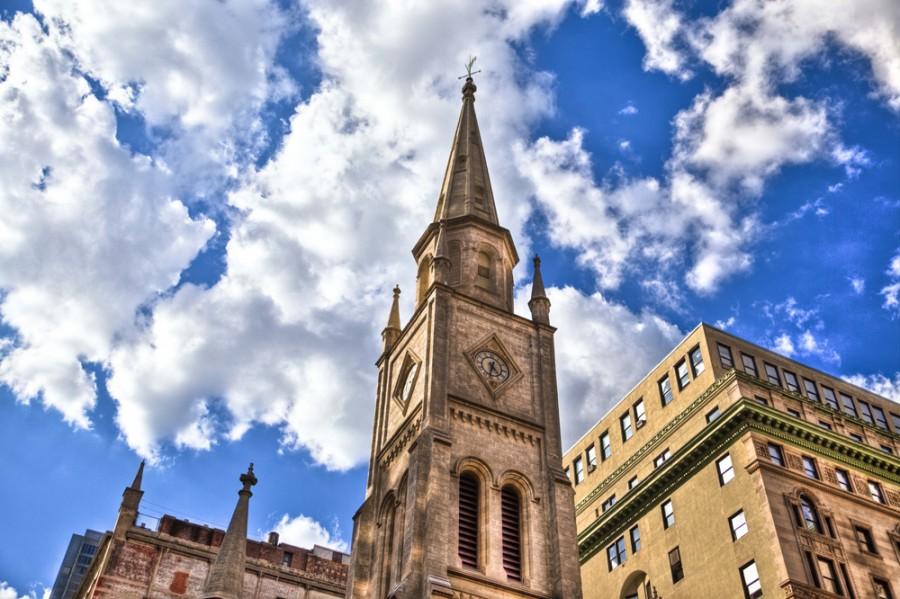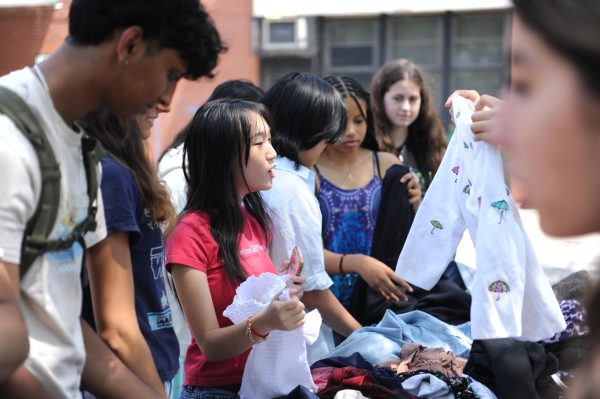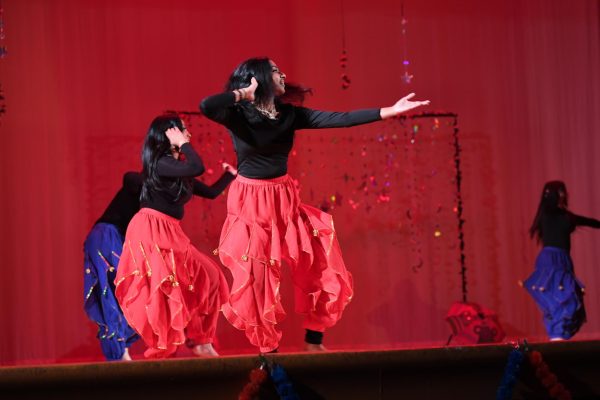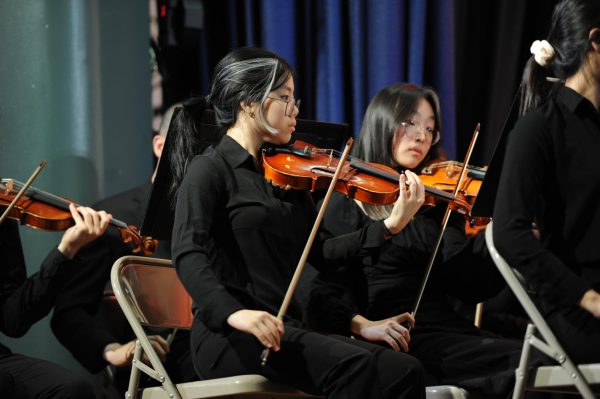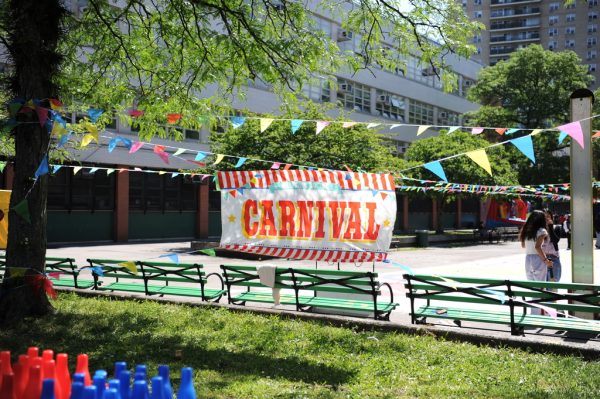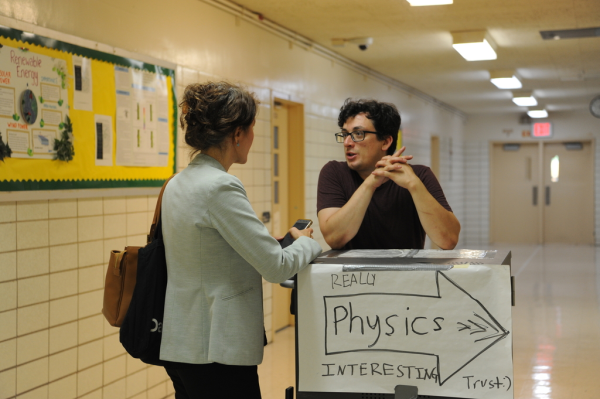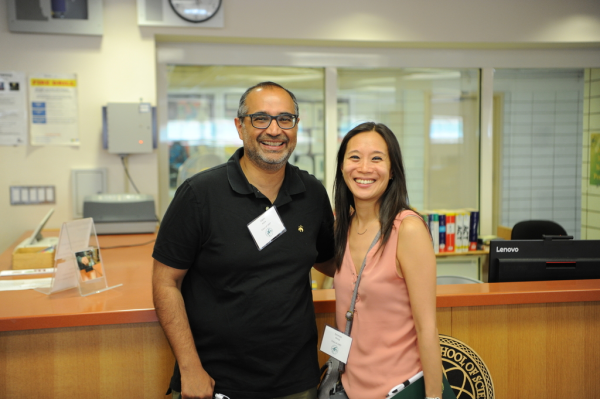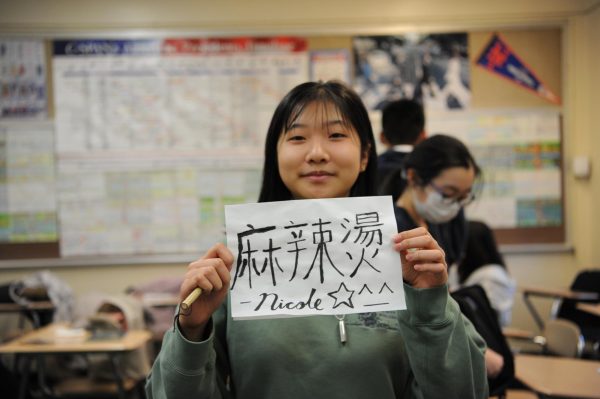HDR Photos
A HDR photo of Marble Collegiate Church taken on a clear and cloudy day.
HDR (High-Dynamic-Range), as its name implies, is a method to add more “dynamic range” to photographs where dynamic range is the ratio of light to dark in a photograph. Instead of just taking one photo, HDR uses three photos, taken at different exposures. Then, you can use image editing software, like Photoshop, to put those three images together and highlight the best parts of each photo.
An HDR image is commonly made by taking three photos of the same scene, each at different shutter speeds. The result is a bright, medium, and dark photo, based on the amount of light that got through the lens. A software process then combines all the photos to bring details to the shadows and highlights both. This helps to achieve the same task in the final photograph that the human eye can accomplish on the scene.
HDR should be used on landscapes and portraits in sunlight. The HDR photography of landscapes would create a contrast of sky and land making it possible to capture the details of the sky without making the land too dark. HDR could also even out the lighting on someone’s face and other unflattering characteristics.
However, HDR should never be used on photos with movement or vivid colors. If the subjects of the photo are moving, HDR increases the chance of a blurry photo since HDR takes three photos and combine them into one. HDR are only good for photos too dark or too light photos, but if the photos are already vivid, HDR could wash the colors out.
